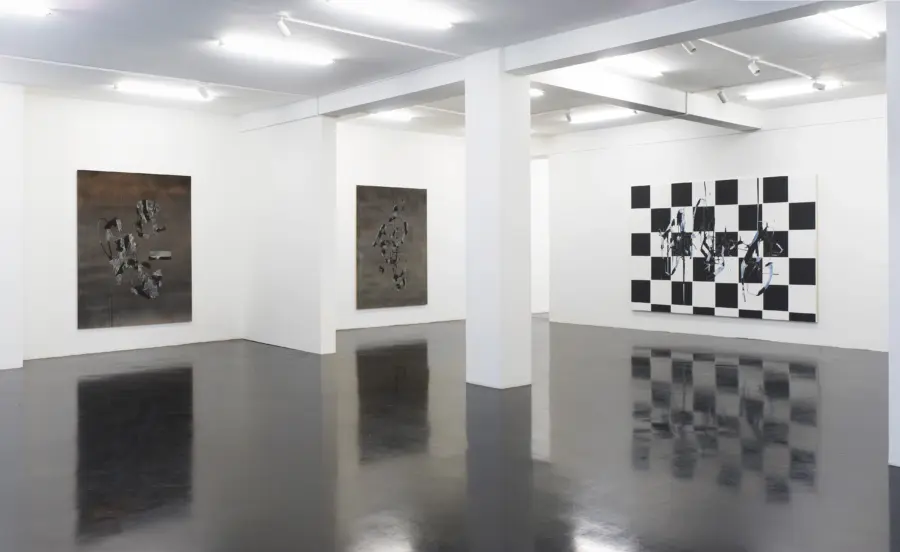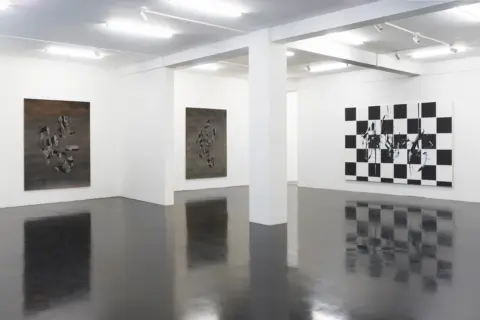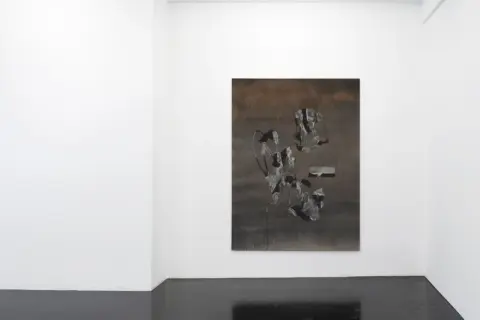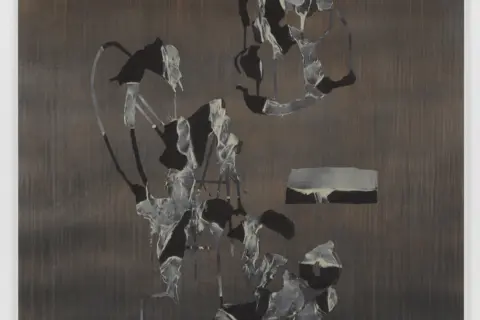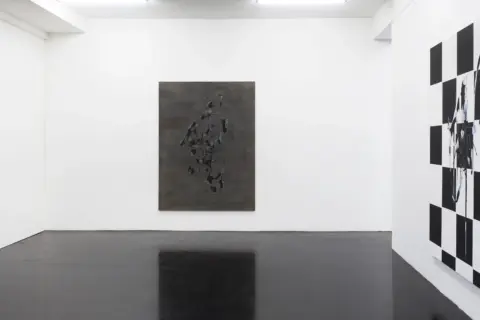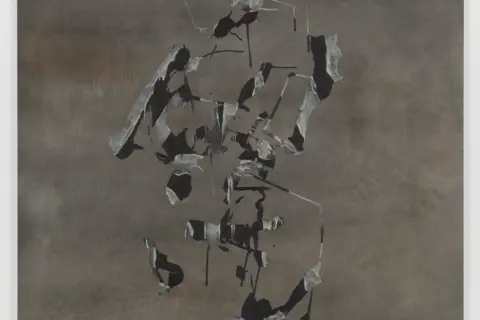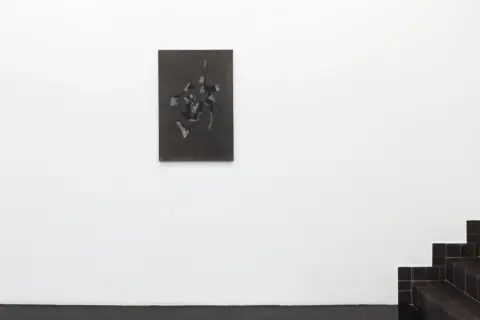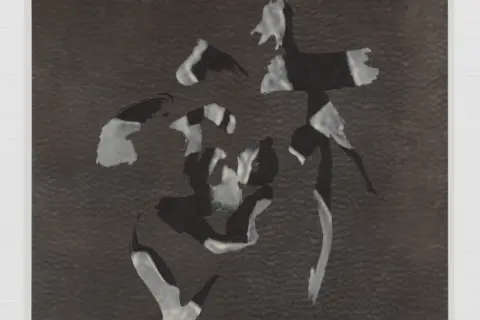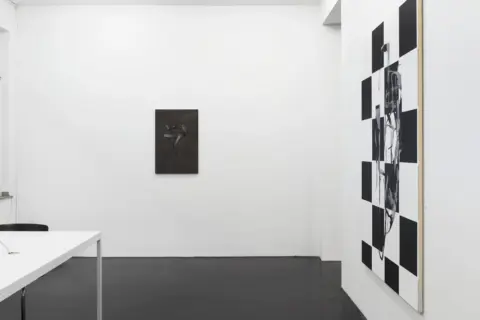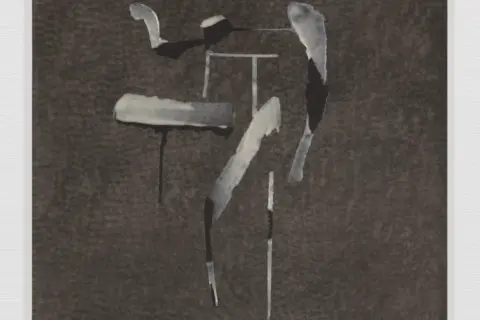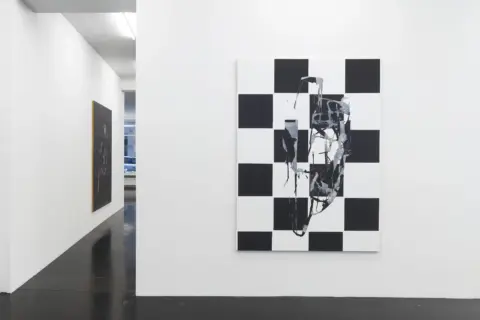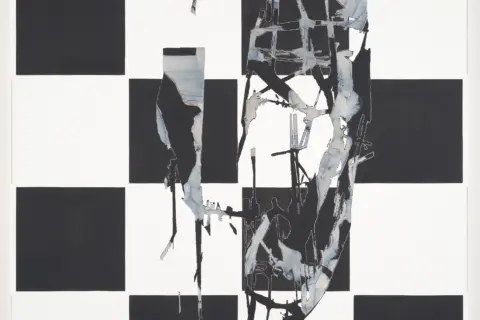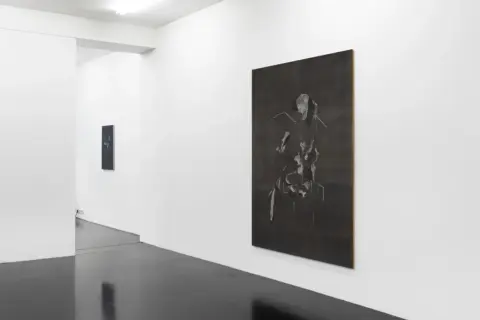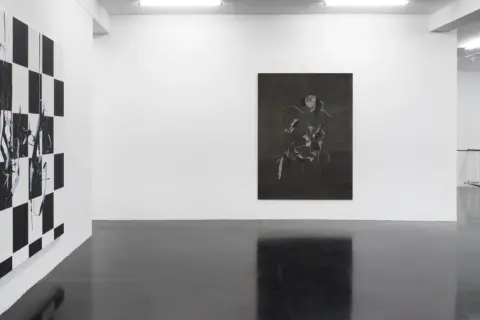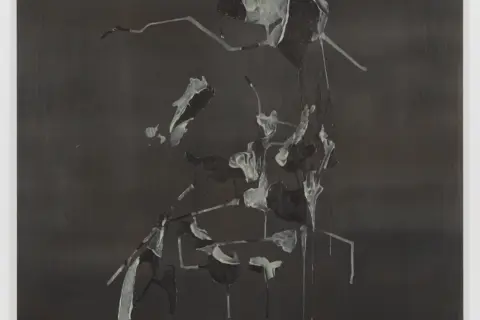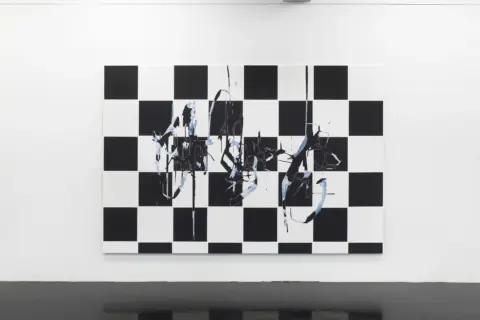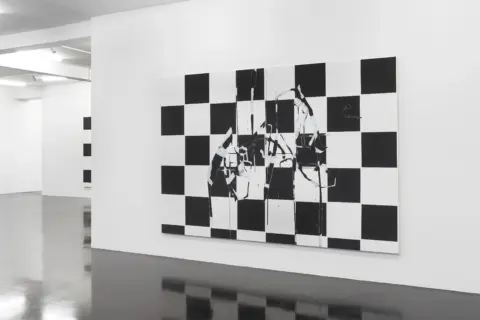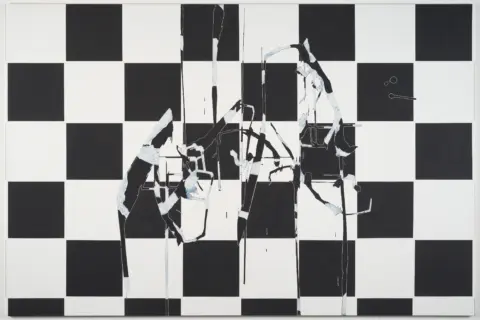Egan Frantz The Third Hand
08/11/2024 – 11/01/2025
Sneaky Preview: Wednesday, November 6, 2024, 5 – 8 pm
Opening: Thursday, November 7, 2024, 7 – 10 pm
Extended Opening hours: Friday, November 8, 2024, 7 – 9 pm
Press Release
The Third Hand
Sean Tatol of the Manhattan Art Review wrote this in relation to my work earlier this year: “Many of the artistic developments in the 20th century attempted to sever the connection between artistic subjectivity and the art object's autonomy by subverting the mechanisms of aesthetic expression. Picasso and Braque's cubism sought to negate art's reliance on visual reality, Duchamp rejected “retinal” art altogether with his readymades, Jasper Johns and Robert Rauschenberg avoided the need to invent images through the use of preexisting ones, and conceptualists dismissed the primacy of the artwork itself. Each got away from the aesthetic conventions of their time and made enduring art in the process. Kippenberger, however, observed that avoiding convention only leads to new aesthetic conventions, so style and subjectivity persist even in their negation.
Thus, artists cannot escape their ties to their work, but the legacy of the last century shows how far that bond can be bent without breaking. Picabia cycled through dozens of styles without truly contradicting his own sensibility, as did Picasso, to say nothing of Kippenberger's own prodigious flippancy towards his oeuvre...”
The strategies of the 20th century worked because they more or less recognized that art’s power is not derived from the self. To the contrary, the further one departs from the inherited idea of a unified self, the closer one comes to a work conceived from outside the self – a work that lets us escape the limited perspective of the individual ego – the better. Agnes Martin said that while she felt solely responsible for her failed paintings she could not, in good conscience, take full responsibility for her good ones. Some will explain this away as Protestant guilt culture – Martin was raised by strict Calvinists – but I’m certain that if you ask enough artists you will find that the phenomenon is more universal.
Philip Guston called it “The Third Hand.” The first way an artist experiences it is when a body of work is coming along and all of a sudden something happens and a work comes into being too easily, in a fraction of the time that the others took, and it’s better. Another way is that a work ends up saying exactly the opposite of what was intended but it’s just so much more interesting than what we originally had in mind. We can reflect on what happened and try to figure out how we did that, thinking we might make things a bit easier for our future selves if we could just pin down the method, but that’s never entirely possible. We can trace our steps but we soon find ourselves struggling again. Finally having experienced enough of this, when we do take satisfaction it is greatest in those works which we could not have expected to make or when we say something we did not know to say.
There will of course be people who like to see themselves and things they know reflected in their work. There too will be people who like to see themselves and the things they know reflected in people who also like to see themselves and the things they know reflected in people. But I will always prefer William Blake who saw angels in trees, Jack Spicer who took dictation from Martians, the Surrealists who spoke from their unconscious — which is inside, contrary to my claim that inspiration comes from the outside – the unconscious being such a distant inside might as well be on Mars. The point has always been to reach out and feel that which has no language.
-Egan Frantz, Southport, CT 10/26/24
